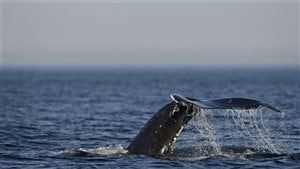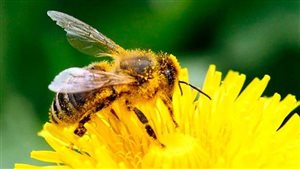Your hosts Lynn, Levon, Marc (video of show at bottom)
Listen
The federal government is working to create marine protected areas (MPA) around the coasts of Canada
Several scientists and conservation groups however are critical of the plans for the latest zone known as the Laurention Channel, and potentially other MPA’s yet to be created.
They say the government is planning to sill allow commercial activity in most of the proposed area such as oil and gas exploration and exploitation which could be very disruptive to marine species.
Levon spoke with David Miller, president and CEO of the World Wildlife Fund Canada, who says they are extremely concerned about the proposed plans.
*

The rules for people travelling to the U.S. have changed once again due to American legal rulings, at least for the time being.
This is creating no small amount of confusion for many travellers from Canada, especially those originally from certain countries, and even more so for those with dual citizenships from so-called Muslim countries.
As they did in February, Canadian lawyers and law students are volunteering to be available at several major Canadian airports to help clarify the laws and legal situation for Canadians in those situations and who are planning o travel to the U.S.
Lynn spoke with Corey Shefman, Toronto co-ordinatior for the Canadian Cross-Border Legal Coalition (CCBLC)
*

A new study hopes to put paid to criticisms of previous studies regarding the effects of a class of insecticides on bees.
Many studies have shown links between the use of “neonic” treated crops and a decline, sometimes drastic, in beehive health.
The new study was careful to study “real world” conditions to gather data on neonic uptake by the bees and hives, and study effects to eliminated criticism
The results were consistent with earlier criticised studies, but also discovered some interesting related facts.about neonics spreading in the environment and another chemical, a commonly used fungicide, which creates a magnifying effect of toxicity for the bees.
Marc spoke to co-author, professor Amro Zayed of York University in Toronto.
Posted by Radio Canada International on Friday, June 30, 2017
Images of the week







For reasons beyond our control, and for an undetermined period of time, our comment section is now closed. However, our social networks remain open to your contributions.